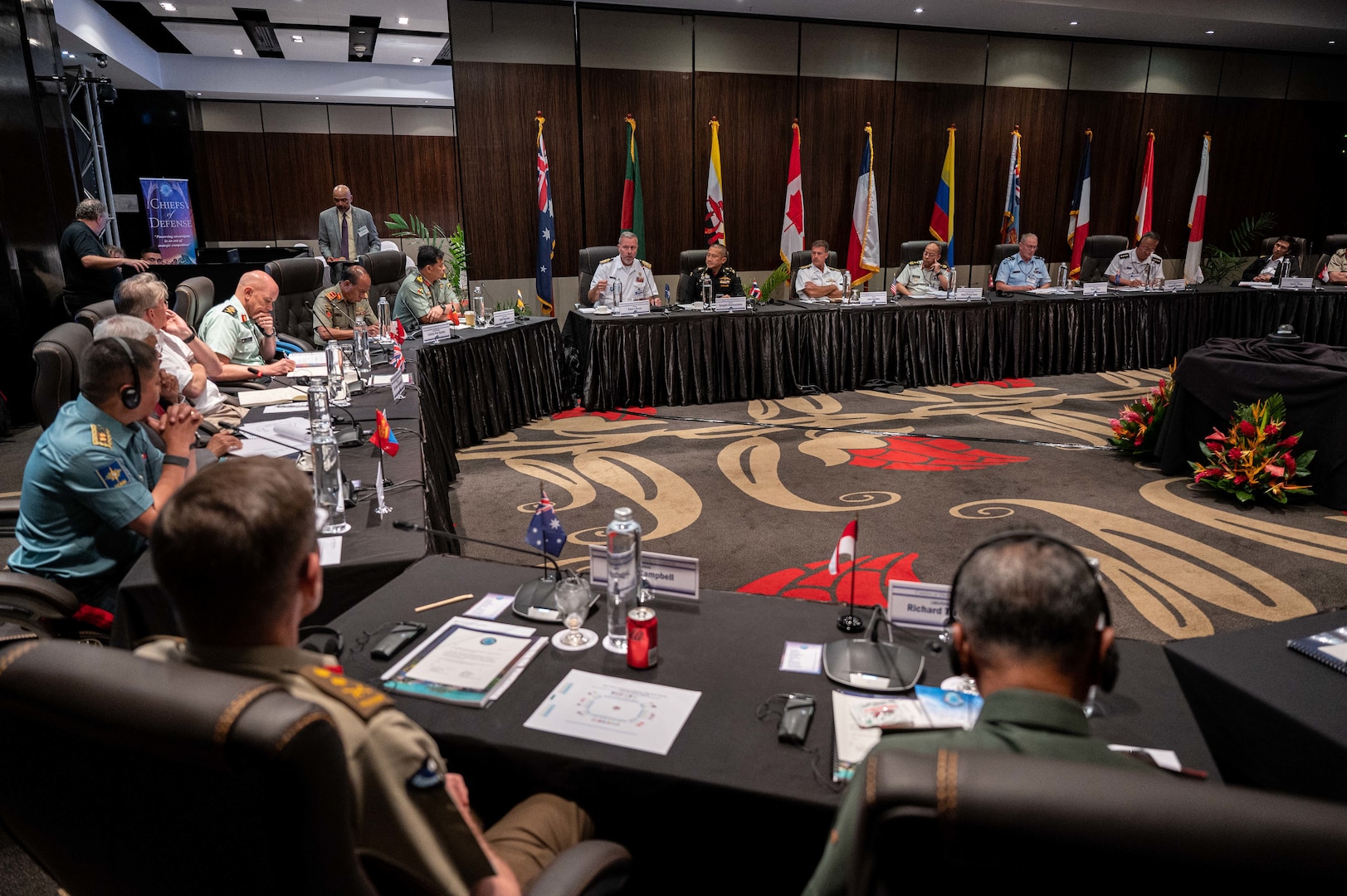Td Cowen 46th Annual Aerospace & Defense Conference

The 46th Annual TD Cowen Aerospace & Defense Conference concluded last week, leaving in its wake a complex tapestry of cautious optimism, lingering anxieties, and strategic realignments within the industry. Lingering supply chain woes, geopolitical instability, and the ever-present pressure to innovate cast long shadows over discussions, even as companies highlighted strong order backlogs and promising technological advancements.
This year's conference, held in Boston, served as a critical barometer of the aerospace and defense landscape, bringing together industry executives, investors, and government officials to dissect current challenges and map out future trajectories. The key takeaway was a sector grappling with unprecedented demand, yet hampered by persistent bottlenecks that threaten to derail growth and erode profit margins. While technological innovation remains a driving force, the industry faces the daunting task of balancing ambition with the harsh realities of a constrained global environment.
Supply Chain Constraints: The Lingering Headwind
Supply chain disruptions were consistently cited as the most significant obstacle to growth. Several CEOs lamented the ongoing challenges in sourcing critical components, from semiconductors to raw materials, leading to production delays and increased costs. "We're seeing improvements, but the supply chain remains fragile," noted Greg Hayes, CEO of RTX Corporation, during a panel discussion.
He further emphasized the need for greater collaboration and transparency within the supply ecosystem. Companies are exploring strategies such as diversifying suppliers, increasing inventory buffers, and investing in vertical integration to mitigate risks. However, these measures come at a cost, impacting profitability and potentially hindering long-term competitiveness.
The situation is further complicated by geopolitical tensions, particularly the war in Ukraine and escalating tensions with China. These conflicts have exacerbated existing supply chain vulnerabilities and added new layers of uncertainty to the global landscape.
Geopolitical Instability and Defense Spending
The geopolitical landscape has undeniably boosted defense spending, but the increased demand also puts further strain on existing supply chains. Multiple speakers indicated a shift in priorities toward bolstering national security and modernizing military capabilities. This translates to increased investment in areas such as missile defense, cybersecurity, and advanced weaponry.
Lockheed Martin CEO, James Taiclet, highlighted the company's commitment to delivering innovative solutions to address evolving threats. He emphasized the importance of maintaining a strong industrial base and fostering collaboration between industry and government to ensure national security.
However, some analysts cautioned that the surge in defense spending could be unsustainable in the long term, particularly as governments grapple with rising debt levels and competing priorities. The key will be to prioritize investments in technologies that offer the greatest return on investment and enhance strategic capabilities.
Innovation and Technological Disruption
Despite the challenges, the aerospace and defense industry remains at the forefront of technological innovation. From hypersonic weapons to autonomous systems, companies are investing heavily in research and development to maintain their competitive edge. Kathy Warden, CEO of Northrop Grumman, spoke about the company's focus on developing cutting-edge technologies to address emerging threats.
Artificial intelligence (AI) and machine learning are playing an increasingly important role in various applications, from autonomous vehicles to predictive maintenance. Companies are exploring ways to leverage AI to improve efficiency, reduce costs, and enhance decision-making.
Space exploration and commercialization also emerged as a key area of focus. The growing interest in space-based assets, including satellite communications and earth observation, is driving new investment and innovation in the space sector.
Commercial Aviation: Recovery and Challenges
While the defense sector is experiencing a surge in demand, the commercial aviation industry is still recovering from the impact of the COVID-19 pandemic. Passenger traffic is gradually returning to pre-pandemic levels, but airlines continue to face challenges such as high fuel prices and labor shortages.
Boeing's CEO, David Calhoun, acknowledged the challenges the company has faced in recent years, including the 737 MAX crisis and ongoing supply chain disruptions. He expressed confidence in the company's long-term prospects and emphasized the importance of safety and quality.
The demand for new aircraft is expected to remain strong in the coming years, driven by the need to replace aging fleets and meet growing demand in emerging markets. However, the ability of manufacturers to ramp up production will depend on their ability to overcome supply chain constraints.
Mergers and Acquisitions: Consolidation Continues
The aerospace and defense industry has a long history of consolidation, and this trend is expected to continue in the coming years. Companies are looking to mergers and acquisitions to expand their capabilities, gain access to new technologies, and improve their competitive position.
Analysts predict increased activity in areas such as cybersecurity, space technology, and advanced materials. However, regulatory scrutiny is likely to increase, particularly for deals that could potentially reduce competition or raise national security concerns.
Smaller players with niche technologies are attractive targets for larger organizations. It represents opportunity but also requires companies to be flexible, innovative, and to be prepared for market changes.
Looking Ahead: Navigating Uncertainty
The TD Cowen Aerospace & Defense Conference painted a picture of an industry at a crossroads. Strong demand and technological innovation are creating new opportunities, but persistent supply chain challenges and geopolitical instability pose significant risks. Companies that can successfully navigate these uncertainties will be best positioned to thrive in the years ahead.
Collaboration, diversification, and a relentless focus on innovation will be crucial for success. The industry must also work closely with governments to address supply chain vulnerabilities and ensure a strong and resilient industrial base.
As the industry moves forward, adaptability and strategic foresight will be key to turning challenges into opportunities and securing long-term growth in an ever-evolving global landscape. It remains to be seen how the industry will adapt to current climate, but overall, there is a sense of cautious optimism.

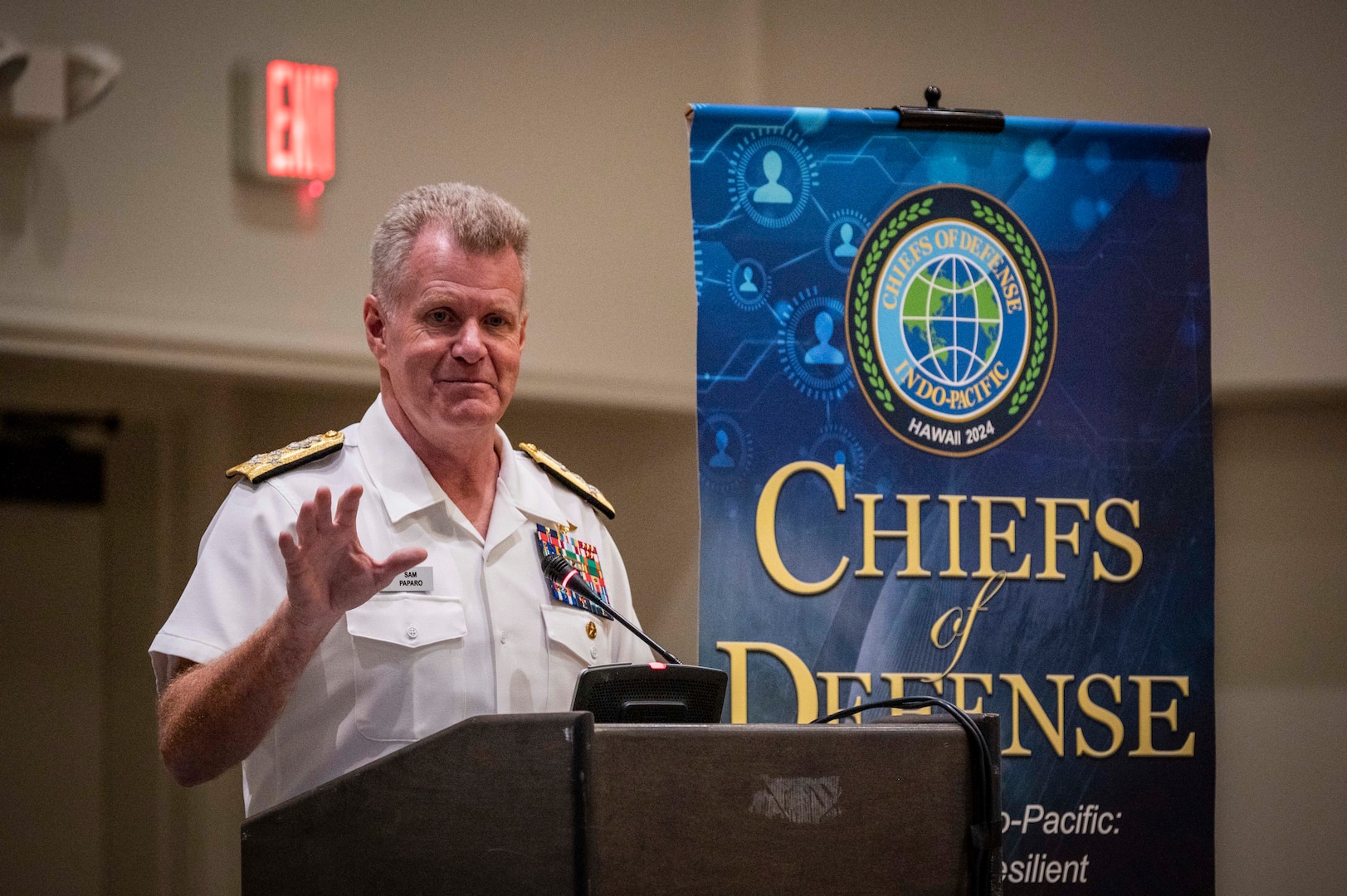
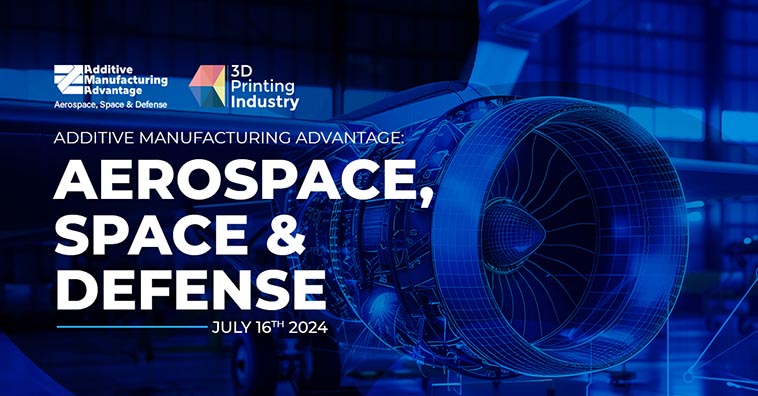
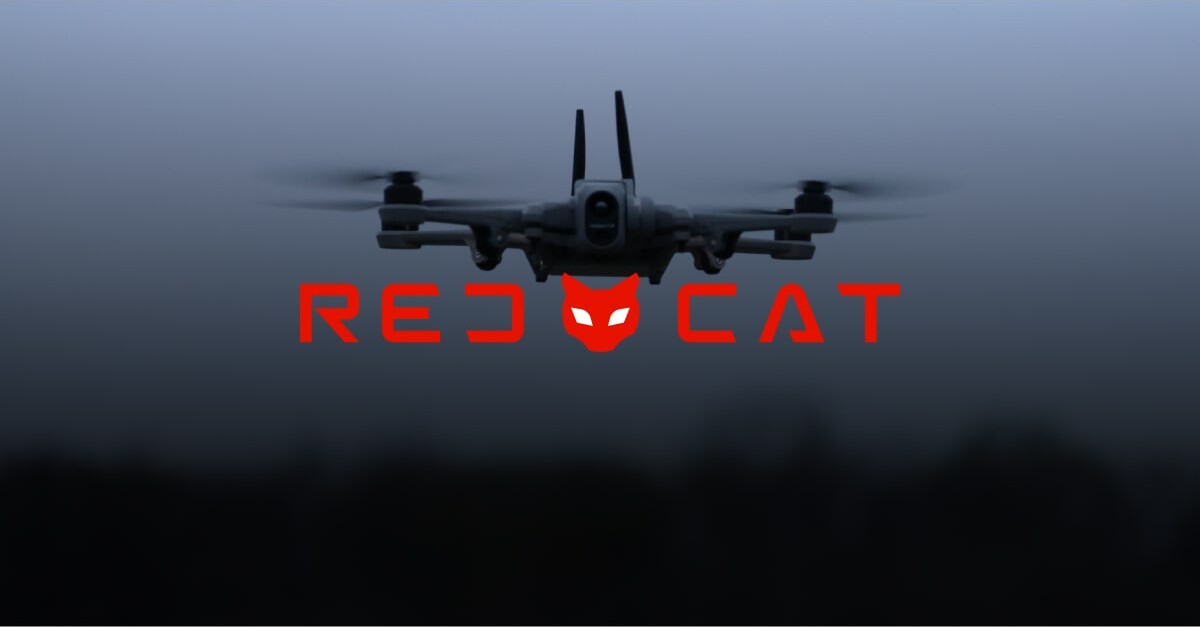


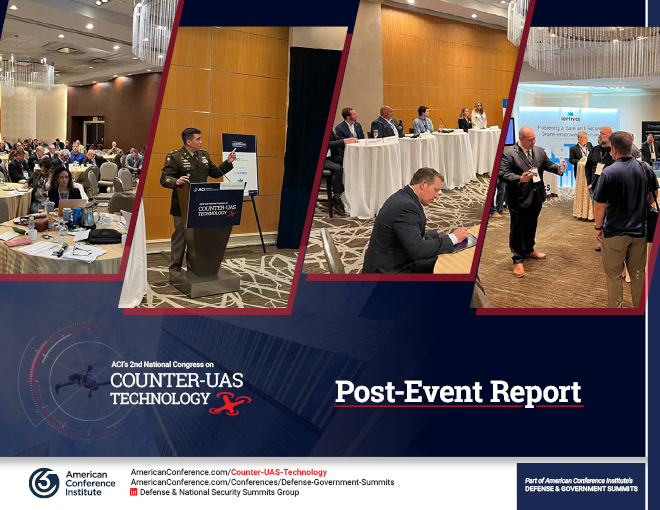




_2821638.png)

